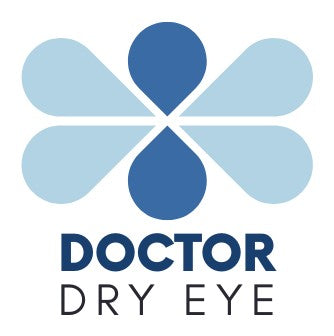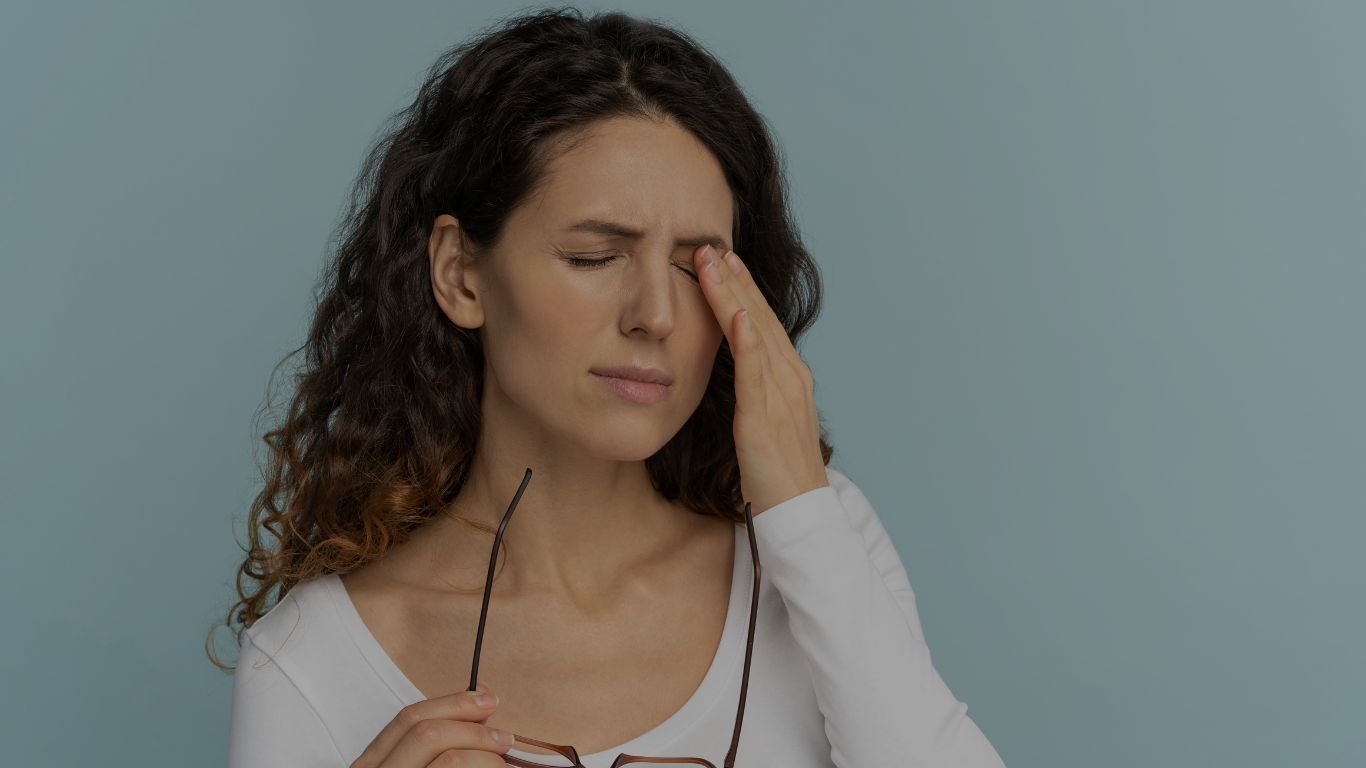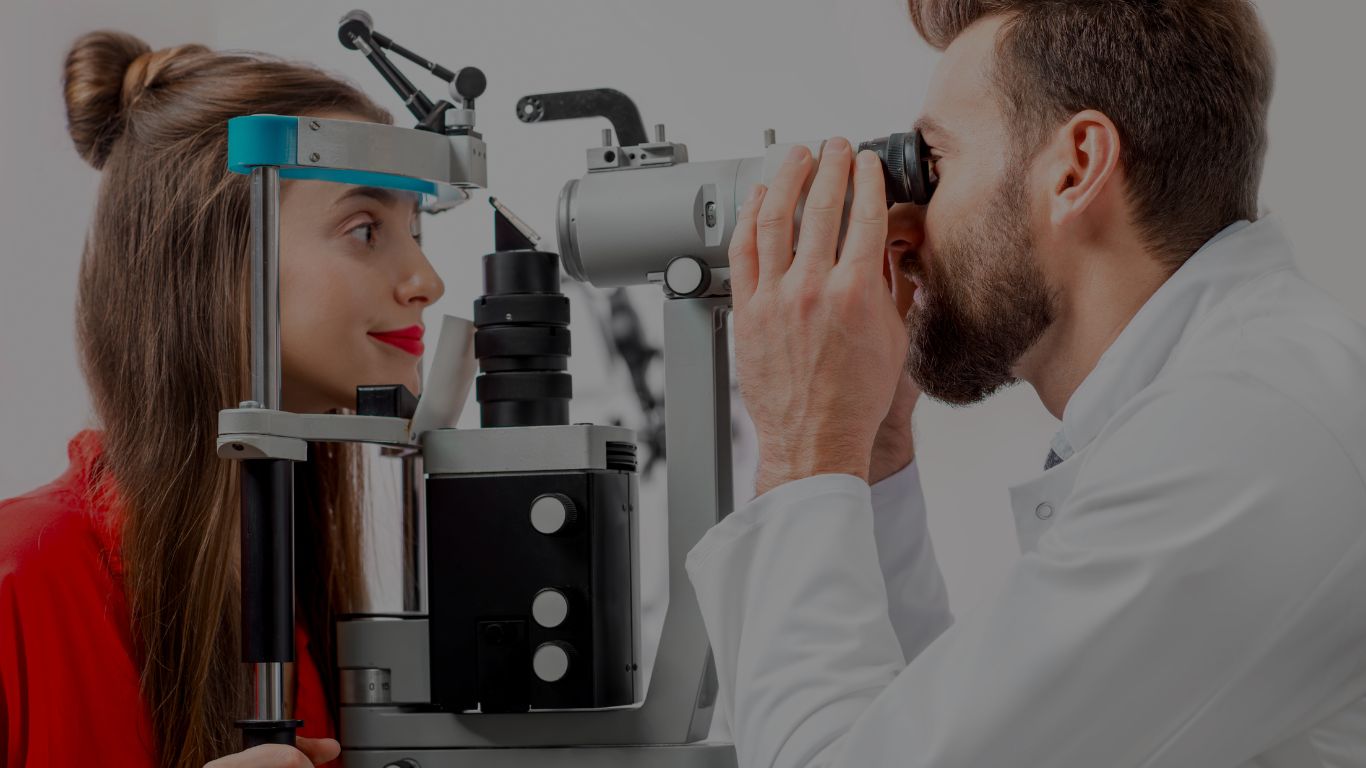Introduction
Dry eyes are a common condition that affects many people and can cause discomfort and even pain. If you suffer from allergies, you may be wondering if they could be contributing to your dry eyes. In this article, we will explore the relationship between allergies and dry eyes, and what you can do to manage your symptoms.
How Do Allergies Cause Dry Eye Symptoms?
Allergies can cause dry eye symptoms in several ways:
- Increased Tear Production: During an allergic reaction, the body releases histamine, which can cause increased tear production. However, the increased tear production is often short-lived, and the tears produced may be too watery, without enough stabilizing oil components, leading to rapid evaporation and dryness.
- Irritation: Allergic reactions cause inflammation, which can cause itching and redness in the eyes, leading to rubbing and further irritation.
- Inflammation: Allergies can cause inflammation in the eyes, which can disrupt the tear film and lead to dryness. The tear film is a thin layer of tears that covers the surface of the eye and helps to keep it moist. When the surface of the eye is inflamed it can feel painful, scratchy, and irritated.
- Blocked Meibomian Glands: Allergic reactions can cause swelling and blockage of the meibomian glands, which are located along the eyelid margins and produce an oil that helps to stabilize the tear film. When these glands are blocked, the tear film can become unstable and evaporate more quickly, leading to dry eye symptoms.
Overall, allergies can cause dry eye symptoms through a combination of decreased tear quality, tear film instability, irritation, inflammation, and blockage of the meibomian glands.
Most Common Triggers of Allergic Dry Eyes Symptoms
Here’s a list of some of the most common allergens or underlying causes of allergic dry eye symptoms:
- Pollen: Pollen from trees, grasses, and weeds can cause seasonal allergic conjunctivitis.
- Dust mites: Dust mites are tiny insects that live in household dust and can cause year-round allergic conjunctivitis.
- Animal dander: Pet dander from cats, dogs, and other animals can cause allergic conjunctivitis in people who are allergic to them.
- Mold: Mold spores from indoor and outdoor sources can cause allergic conjunctivitis in people who are sensitive to them.
- Cosmetics: Certain cosmetics, such as eye shadows and mascaras, can cause allergic conjunctivitis in people who are sensitive to their ingredients.
- Contact Lenses: Contact lenses can cause giant papillary conjunctivitis which can result in pain, irritation, and other dry eye symptoms
Allergic Diseases That Affect The Eyes
Allergies can affect the eyes in several different ways. In this section let’s review some specific diseases related to allergy and the eyes.
Allergic Conjunctivitis
Allergic conjunctivitis is an eye condition that occurs when the conjunctiva, the thin membrane that covers the whites of the eyes and the inner surface of the eyelids, becomes inflamed due to an allergic reaction.
It is a common condition that affects people of all ages and is often accompanied by symptoms such as itching, redness, swelling, and tearing. The allergen that triggers the reaction can be airborne, such as pollen, pet dander, or dust mites, or it can be a substance that comes into direct contact with the eyes, such as makeup, eye drops, or contact lenses.
Allergic conjunctivitis is usually not serious and can be treated with over-the-counter antihistamines, decongestants, or mast cell stabilizers, but severe cases may require a prescription medication.
Vernal Keratoconjunctivitis
Vernal conjunctivitis is a type of allergic conjunctivitis that is most commonly seen in children and young adults. It is characterized by severe symptoms such as itching, redness, swelling, and discharge, and it often occurs during the spring and summer months when pollen levels are high.
Vernal conjunctivitis is caused by an allergy to substances such as pollen, dust mites, or animal dander, and it is often accompanied by other allergic conditions such as hay fever and asthma.
The condition can be treated with a combination of over-the-counter and prescription medications, including antihistamines, decongestants, mast cell stabilizers, and corticosteroid eye drops.
In some cases, vernal conjunctivitis can lead to long-term consequences, such as scarring of the cornea and vision loss, so it is important to seek prompt treatment from an eye doctor or allergist.
Atopic Conjunctivitis
Atopic conjunctivitis, also known as atopic keratoconjunctivitis, is a type of chronic, allergic eye condition that affects people with a history of atopic dermatitis (eczema), hay fever (allergic rhinitis), or asthma.
It is characterized by symptoms such as itching, redness, tearing, and a burning sensation, and it often occurs in both eyes.
Atopic conjunctivitis is caused by an allergy to substances such as dust mites, pet dander, or mold, and it can lead to long-term consequences, such as scarring of the conjunctiva and eyelids, vision loss, and increased sensitivity to light.
In severe cases, atopic conjunctivitis may require more aggressive treatment, such as immunotherapy, to prevent further progression and vision loss.
Giant Papillary Conjunctivitis
Giant papillary conjunctivitis (GPC) is a type of allergic eye condition that affects the inside of the upper eyelid. It is characterized by the development of large, bumpy protrusions (papillae) on the conjunctiva, which are caused by the accumulation of allergens and debris on the surface of the eye.
GPC is most commonly seen in people who wear contact lenses, but it can also occur in people who have undergone ocular surgery or have a foreign body in the eye.
The symptoms of GPC include itching, redness, tearing, and a sensation of something in the eye, and they can lead to decreased vision and discomfort.
GPC is typically treated with a combination of medications, such as antihistamines, decongestants, mast cell stabilizers, and corticosteroid eye drops, and with environmental control measures, such as frequent lens replacement and regular eye exams.
In severe cases, GPC may require the removal of the contact lenses or surgery to prevent further progression and vision loss.
Allergic Blepharitis
Allergic blepharitis is a type of eye condition that affects the eyelids and is caused by an allergic reaction.
It is characterized by symptoms such as itching, redness, crusting, and a burning sensation in the eyes.
Allergic blepharitis is often triggered by allergens such as pollen, dust mites, or animal dander, and it can lead to long-term consequences, such as infection, inflammation, and vision loss.
Symptoms of Dry Eyes From Allergies
The symptoms of dry eyes from allergies can include:
- Itching: Itching of the eyes is a common symptom of dry eyes from allergies. Itching is a hallmark of allergic eye disease, and helps distinguish it from other underlying causes of dry eye syndromes.
- Burning: A burning sensation in the eyes is a common symptom of dry eyes from allergies.
- Redness: Redness of the eyes is a common symptom of dry eyes from allergies.
- Tearing: Excessive tearing, or tearing that does not relieve the dryness, is a common symptom of dry eyes from allergies.
- Gritty or sandy sensation: A gritty or sandy sensation in the eyes can be a symptom of dry eyes from allergies.
- Blurred vision: Blurred vision can occur as a result of the dryness in the eyes.
- Light sensitivity: Light sensitivity can be a symptom of dry eyes from allergies.
These symptoms can range from mild to severe and can occur in one or both eyes. It is important to seek medical attention if symptoms persist or worsen, as untreated dry eyes can lead to long-term consequences, such as vision loss, corneal damage, and increased risk of eye infections.
How to Treat Dry Eyes From Allergies
The treatment of dry eye syndrome should be discussed with your doctor. These are some of the most common treatment options:
Artificial tears
In any dry eye syndrome, artificial tears are an important foundation of therapy. They are the fastest way to lubricate the eyes while other treatments can address the underlying cause.
Medications
Over-the-counter or prescription antihistamine or anti-inflammatory eye drops can be used to relieve inflammation, irritation, itching, and redness.
Mast cell stabilizers and anti-histamine eyedrops are common types of medications that can be used. Some of these may be over-the-counter, while others are prescription strength.
Steroid eye drops may also be prescribed by your doctor. Prednisolone acetate is a common steroid eyedrop, and there are many others.
Oral antihistamines may also be helpful if you have other allergic symptoms, such as a runny nose or cough. These are not as specific to the eyes and may cause drowsiness. However, if you have other symptoms than just eye involvement, these may be good options.
Cold compresses & warm compresses
Both cold compresses and warm compresses have a role in treating allergic dry eye symptoms.
Cold compresses help reduce inflammation. For this reason, they are often soothing, and quite helpful in reducing the symptoms of allergic eyes.
Warm compresses are helpful if the meibomian glands are blocked. Warm compresses can help open the meibomian gland, increasing the number of important oils that reach the tear film, to make your tears function better.
Some patients may benefit from one or both of these types of compresses. Discuss with your doctor which type may be right for you. If you decide to use both, it’s good to alternate giving some time in between (like 30 minutes to 1 hour).
Avoiding triggers
Identifying and avoiding the allergens that trigger the allergic reaction can help prevent future outbreaks.
No surprise here!... If you’re able to figure out what is triggering your allergic reaction, it's probably a good idea to avoid it if you can!
When Should You See A Doctor For Eye Allergies?
It’s never a good idea to try to diagnose a medical condition by yourself. For any new eye symptoms, such as pain, irritation, redness, or itching, contact an eye doctor near you.
It is important to seek medical attention if symptoms persist or worsen, as untreated allergic conjunctivitis can lead to long-term consequences, such as vision loss, corneal damage, and an increased risk of eye infections.
Work with an eye doctor, and consider an allergist, to help diagnose and develop a treatment plan that is right for you.
Summary
In summary, allergies are one of the most common causes of dry eyes. There are many different treatment options. Work with an eye doctor to confirm your diagnosis and develop the best treatment plan possible.




